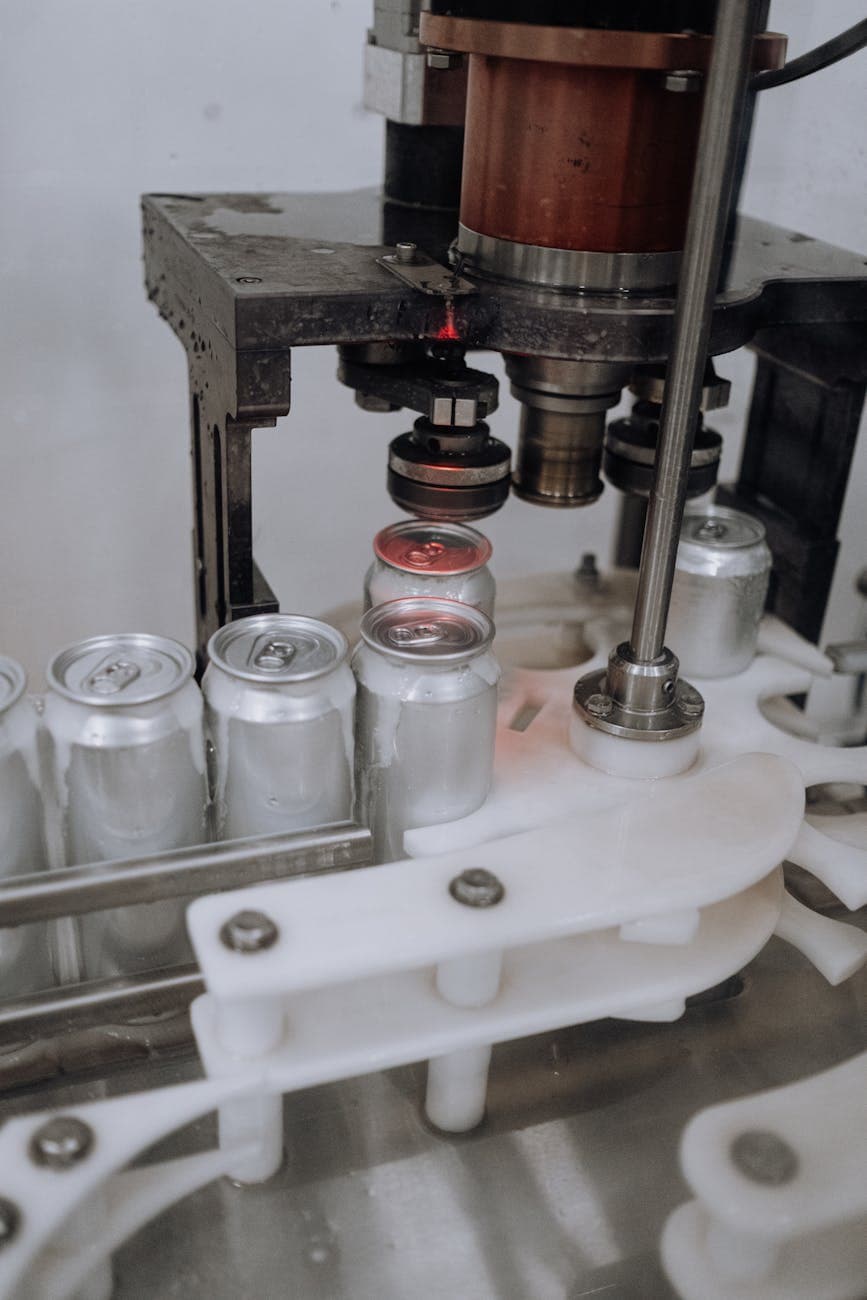How Automation is Transforming SaaS Review Workflows

In the digital era, Software-as-a-Service (SaaS) platforms define not only how businesses operate but also how they are perceived by their customers. Among the many slices of SaaS management, the review workflow holds special significance. Reviews have the power to elevate a product or sink its prospects overnight. Historically, review management was a labor-intensive tangle of email alerts, spreadsheets, and manual responses. Today, advances in automation signal a profound change in how SaaS companies collect, analyze, and respond to reviews. Automation is reshaping traditional practices, revealing both new opportunities for growth and a new set of challenges.
At its heart, the review management process encompasses three major pillars: collection of feedback, analysis of sentiment and trends, and timely, constructive response. Automating any one of these is valuable. Integrating automation across all three transforms the process, creating workflows that are both intelligent and scalable.
The first pillar, review collection, has benefited from advances in integration between SaaS platforms and external sources such as app marketplaces, social media, and niche review sites. Traditionally, teams depended on users taking initiative or on periodic email campaigns that rarely yielded actionable volume. Now, automation stitches together APIs from disparate platforms, aggregating feedback in real time. A SaaS business can seamlessly harness a trickle of incoming ratings posts and long-form narratives without ever logging into individual platforms. Not only does this reduce manual workload but it ensures no feedback falls through the cracks, whether glowing praise or a disgruntled user’s lament.
However, simply amassing more reviews is not sufficient. Analysis of this raw input is where modern SaaS firms are pushing the limits of what’s possible. Recent advances in natural language processing mean that automated sentiment analysis is more nuanced than ever. Instead of binary positive or negative assessments, analytics tools can parse themes, detect urgency, and flag reviews that signal churn risk or regulatory concerns. For example, advanced tools can distinguish between a user expressing general dissatisfaction and one who is experiencing a critical service disruption, prompting distinct internal workflows for each case.
The real magic happens as these analytics layers integrate with broader SaaS operations. Instead of reviews merely serving a retrospective, reputation-management function, insights gleaned in real time can trigger product improvements, targeted retention campaigns, or even A/B testing of new features. In the best-run organizations, negative review patterns are not left to fester; workflows automatically route actionable feedback to the appropriate technical, support, or product teams. This granular, cross-functional engagement ensures that voice of customer is not just heard but operationalized.
Equally important is the third pillar: crafting timely, genuine, and effective responses to customer reviews. Automation here walks a delicate line. The temptation to auto-generate generic thank-yous or canned apologies is ever-present, but savvy SaaS firms understand that authenticity remains paramount. Human-in-the-loop frameworks are emerging as the gold standard. Automated tools can draft suggested responses or categorize which issues warrant escalation, but a human agent retains final review. This hybrid model dramatically shortens response times and maintains the warm, personal touch that today’s users crave.
As promising as these advances are, they carry their own set of challenges. The first is ensuring that the automation remains adaptive, not rigid. Review dynamics are turbulent: marketplaces change their layouts and policies, customers adopt new slang, industry norms shift. Static automation logic quickly becomes obsolete. Nimble SaaS practitioners therefore invest in ongoing tuning of their ingestion and analysis pipelines, often relying on machine learning models that get smarter with time and feedback.
Another challenge is data privacy. As reviews are harvested from multiple channels and often combined with internal customer profiles, the risk of accidental exposure of personal data or violation of platform terms grows. The EU’s GDPR and California’s CPRA are just the tip of the regulatory iceberg, imposing specific expectations around data collection, user consent, and erasure. Responsible SaaS players must build compliance features into their workflows as a first-class concern, not an afterthought.
There is also a subtler, cultural challenge: preserving empathy at scale. Automating the arduous grind of review collection and preliminary response can free up valuable human cycles, but the temptation to go fully hands-off can result in tone-deaf or robotic replies. The best SaaS brands routinely solicit feedback on their own responses and empower support teams to overrule automated suggestions where appropriate. Empathy, nuance, and true active listening remain fundamentally human strengths.
Despite these complexities, the opportunities unlocked by automation in review workflows are vast. For growth-stage SaaS firms, speed and efficiency are crucial competitive differentiators. They can leverage continuous, real-time feedback to catch emerging issues before they escalate into costly churn. For mature firms, extensive review archives, once impenetrable, now become a wellspring of business intelligence. Patterns in feature requests, bug reports, or sentiment dips offer clear roadmaps for future investment.
Some lessons are beginning to crystallize as best practices. First, businesses that approach automation as augmentation, not replacement, of human expertise achieve the best outcomes. Second, integrating review workflows into broader customer success and product operations pays dividends, breaking down silos that traditionally slowed the pace of product improvement. Third, openness with users about how their feedback is processed and acted upon enhances trust, making customers more likely to participate and advocate online.
The rapid progress in review workflow automation underscores a larger trend in SaaS management: the transformation of reactive, fragmented processes to integrated, intelligence-driven ones. Where businesses once struggled merely to keep up with the volume and volatility of online feedback, they are now able to channel it into engines for product excellence and customer loyalty. Automation, intelligently applied, is not an end in itself but a powerful tool for amplifying what the best SaaS companies have always known: the closer you listen to users, and the faster you act on what they say, the farther your software will soar.


